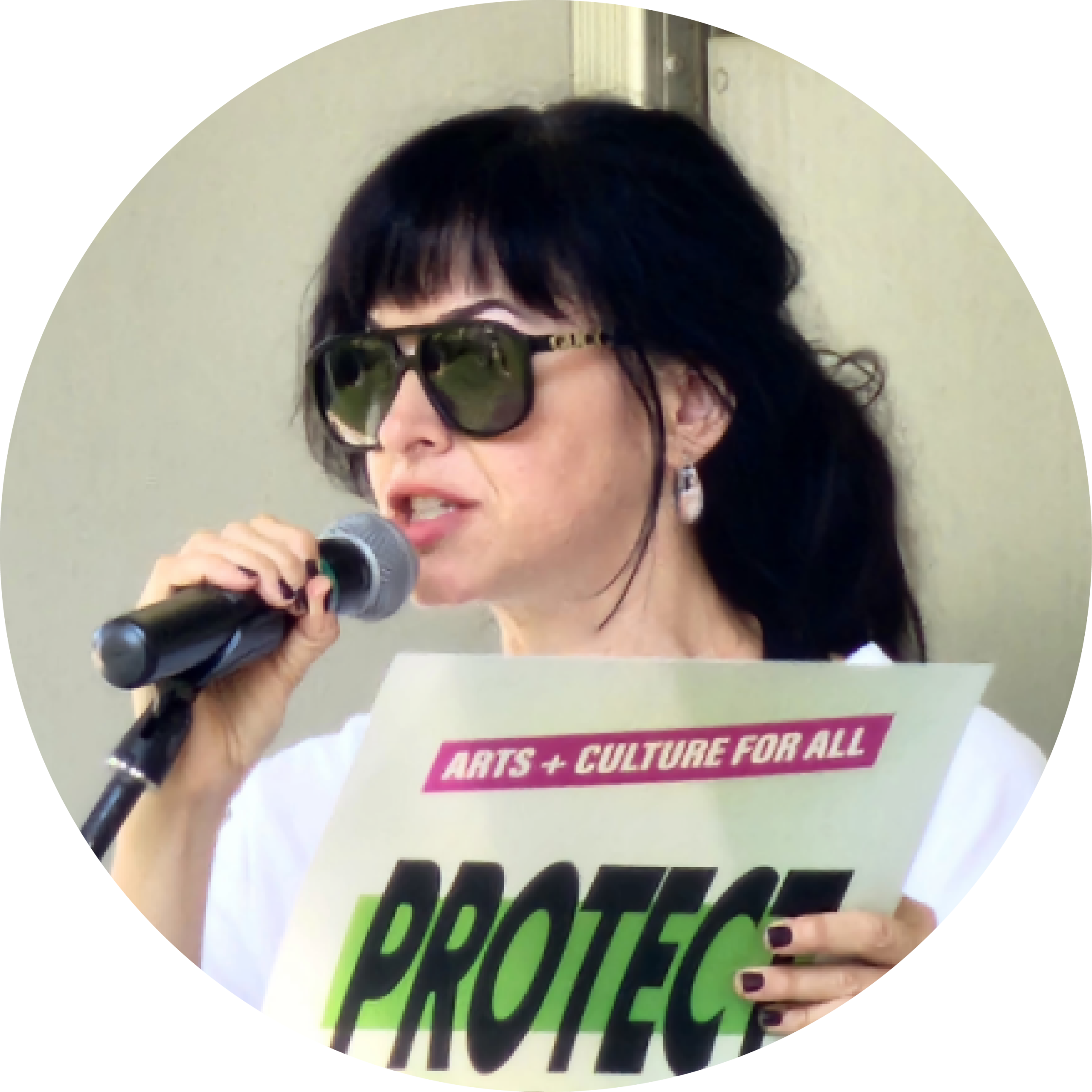Art is for everyone — and our communities can’t afford to lose it
By Gretchen Gonzales Davidson, Chair of the Michigan Arts and Culture Council
You may not always think about it, but you experience art every single day. It surrounds us. It shapes our communities. It fuels our economy. We need it. Our children need it. Our neighborhoods need it.
I know some might say it’s easy for someone like me to make this case. I don’t dismiss that. But this isn’t about me. It’s about the teacher whose after-school music program depends on public funding, the veteran who finds healing through painting, the teenager who discovers confidence on a community theater stage, and the small town whose local arts center keeps its main street alive.
This is not a partisan issue. Art is for everyone. Americans for the Arts’ public opinion surveys have shown that the impact of arts and culture is undeniable. In 2023, 86% of Americans said arts and culture improve their community’s quality of life and livability. The arts are what bring neighbors together at a Friday night concert in the park, or families downtown for a festival that boosts every local business. Similarly, in 2018, seven in ten Americans agreed that the arts unify their communities—across age, race, and politics. That sense of unity is increasingly rare in today’s divided world, and it is worth protecting.
Think about what makes a place thrive. When we decide where to live, work, or visit, we’re drawn to communities with energy—local music, vibrant restaurants, history, galleries, public art. These qualities aren’t luxuries. They are what make a place feel alive and worth investing in.
That’s why proposed cuts to our state’s arts, culture, and humanities budget are so concerning. State and federal funding has helped arts organizations big and small survive challenges and keep serving their communities. While private giving is important, philanthropy alone cannot replace what public dollars do. Public funding ensures access for everyone, everywhere—including our most vulnerable communities and rural towns that otherwise risk being left behind.
When public arts funding disappears, the ripple effects are long-lasting. Consider the impact on our children. Arts education isn’t just about training the next generation of artists. It develops critical thinking, problem-solving, and creativity that strengthen performance in every subject. According to a 2025 study published in Studies in Educational Evaluation, children with access to arts education show stronger creativity, critical thinking, and problem-solving skills. Without these programs, we’re limiting their world and their potential.
The benefits don’t end with young people. Research from University College London, in partnership with Arts Council England, shows that engaging with the arts can reduce depression, frailty, and dementia risk — even leading to measurable savings for public health systems. Arts programs in hospitals, senior centers, and veterans’ organizations aren’t “extras.” They are lifelines.
And let’s not forget the economic reality. Historic districts lose the galleries and cultural treasures that made them destinations. Local theaters go dark, taking with them not just entertainment, but jobs—actors, musicians, stagehands, ticket sellers, restaurant workers, and so many others. Arts and culture drive development, create jobs, and make communities attractive to the next generation of workers and families. The U.S. Bureau of Economic Analysis reports that arts and cultural production contributes $20.5 Billion to Michigan’s economy and sustains more than 144,000 full-time jobs. Cutting arts funding doesn’t just weaken community life—it undermines economic growth.
This is not about red or blue. It’s not about urban or rural. It’s about whether we want our state’s communities to be stronger, healthier, and more vibrant. As our legislators weigh the state budget for 2026, I urge them to remember: cutting arts and culture isn’t saving money. It’s costing us—our children, our schools, our small businesses, our towns, our health, our economy, and our sense of community.
Arts and culture aren’t luxuries. They are what connect us to one another. They are what make us who we are, and they are worth fighting for.





